Did you know that tulips came from Kazakhstan? Neither did I, until a Kazakh mentioned it. I did a quick search and came to an article in The Astana Times which said “The first tulips came to the kingdom of the Netherlands over 400 years ago from Türkiye, where they were brought from Central Asia. They originated in the mountainous regions and adjacent deserts of Kazakhstan and Central Asia more than 10 to 20 million years ago.” In another age when I visited Turkey I learnt a little about this back story: how tulip mania spread in Turkey beginning from the time of Suleiman the Magnificent. Now, on a walk on the banks of the river Sayram Su in the Tien Shan mountains I got to see the original tulips.
The wildflowers from which garden varieties come are often smaller. These wild tulips were definitely smaller than the Dutch cultivars whose macros take over photo forums in early spring. But finding meadows full of wild tulips is a bit of a dream. We sat down to our picnic lunch in just such a meadow. I munched on an apple and sank back on the grass, to get a worm’s eye view of the place. I didn’t have any previous experience with tulips, and the people I was with were not interested in flower identification. So, for the moment the lovely wildflower which you see in the gallery above (bud and flower) remain unidentified.
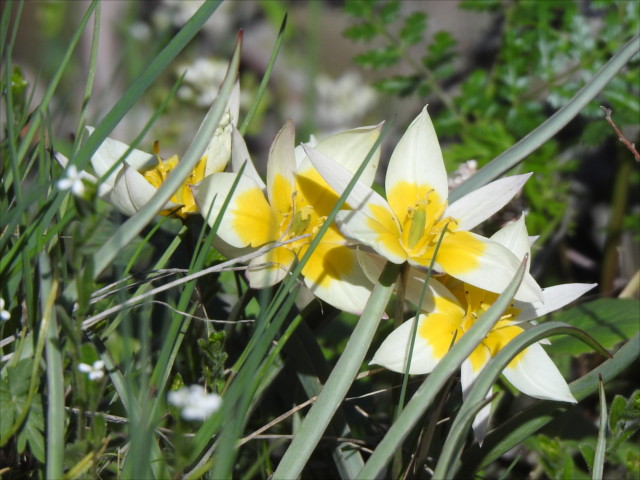
Another tulip that I saw on the walk was quite different in shape. I recognized the first one as a tulip because of the shape of the bud. This was something I put down mentally as possibly an anemone as I passed. But someone else stopped and said “A different tulip.” Maybe it is the Tulipa regelii. The next time I go to Kazakhstan I’ll make sure to find a guided walk for tulip watching. April is the best time for it. The weather was wonderful, and I understand that it is the time when the largest variety of wild tulips flower.

Once I realized that a variety of tulips flower in this region in May, I went back to an accidental photo I’d taken the previous day in a cemetery in Sayram. I’d not looked carefully at the red flowers which had popped up everywhere, putting them down as poppies. But now, looking at the photo I’d clicked inadvertently while slipping my phone into my pocket I realized that these are not poppies at all. They are the colourful Tulipa greigii.
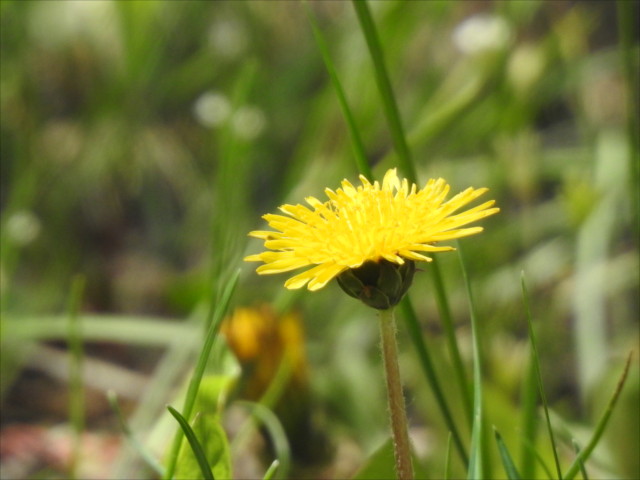
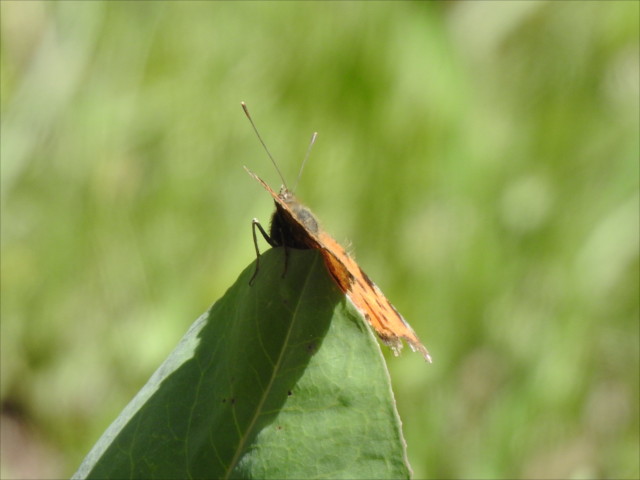
Of course a walk in the Tien Shan mountains in late April is full of other lovely things. Some I sort of recognized, like the dandelion that you see above. There are so many types of dandelions that I won’t go further. The butterfly? It was very uncooperative. As I circled it to get a good look at its wings, it circled its perch to keep the wings angled away from me. But from the brief look I got as it flew I think it belongs to the genus Phalanta, the leopards.
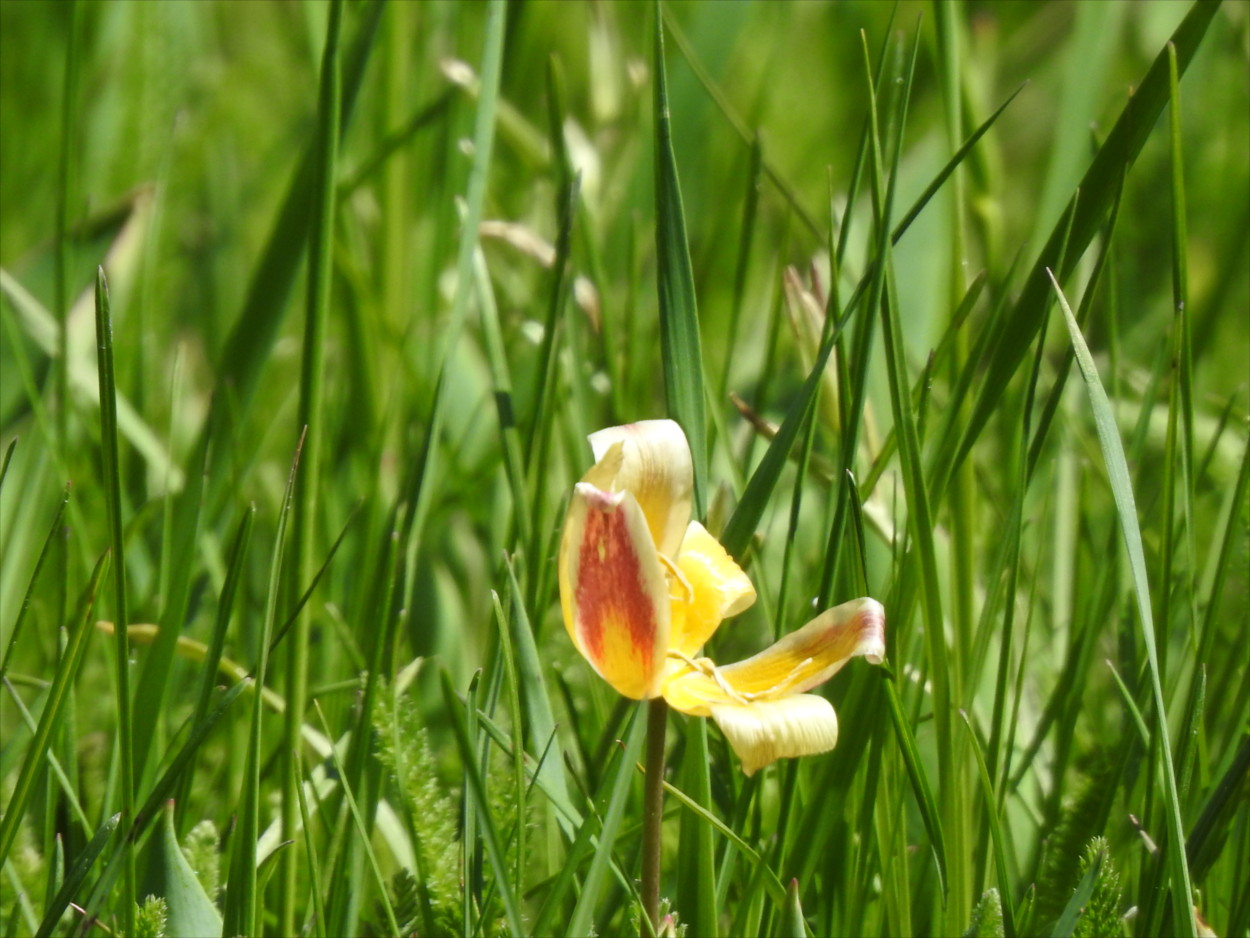
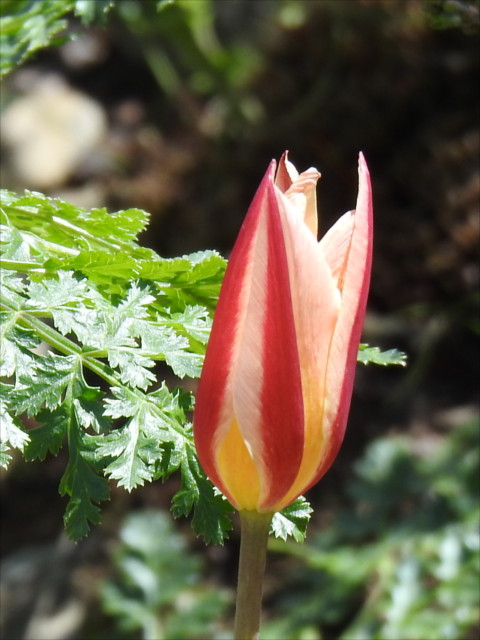

Esto está bien chingón!
LikeLiked by 1 person
Thank you
LikeLike
Well done for your shots of the wild tulips. Bright sun can make it tricky. This is a wonderful collection. We have a small wild daffodil in our part of Spain. The wild ones seem so delicate but must be quite tough too!
LikeLiked by 1 person
Daffodils are hardy
LikeLiked by 1 person
Wild Things! Beautiful, I.J.
LikeLiked by 1 person
Thank you
LikeLiked by 1 person
It must have been a treat to see a field of wild tulips! Interesting post as usual, and I too knew a bit of the facts from visiting Amsterdam and Keukkenhof in April. But there is always more to learn, which is a good thing.
LikeLiked by 2 people
Thank you. Wild tulips surprised me pleasantly.
LikeLiked by 1 person
Beautiful! Yes, I found this just last year when I was reading something about Tulips. According to the article, the English name Tulip, comes from Turkish word for turban “Tülbend” which comes from Persian word “Dulband” (something like that). It’s fascinating 😀.
LikeLiked by 2 people
Thank you.
LikeLiked by 2 people
Excellent post, I. J and I loved to learn a bit more about tulips. I’ve only tried to grow them last year (they were amazing) and this year they’re hardly there and are smaller. I wonder why. I’m not surprised about wild tulips and they look amazing.
LikeLiked by 2 people
Thank you. I have no experience with gardening, and I’m in awe of people who do it
LikeLiked by 2 people
Well done IJ!! I think we all learned something today, I know I did. Also learned tulips grow in the wild, again, a new tidbit for me. The images are lovely and I got a smile from the one you accidentally took!!
LikeLiked by 2 people
Thanks. Sometimes accidents are pleasant. All our garden flowers come from the wild, and as far as I know the wild ancestors are still thriving.
LikeLiked by 1 person
I love your pictures and learning the history!
LikeLiked by 2 people
Thank you
LikeLiked by 2 people
Wow I. J., there’s always room for more knowledge. Wild tulips! Your pictures are fantastic.
LikeLiked by 2 people
Thank you. Fully agree about endless frontiers
LikeLiked by 2 people
The only reason I know that tulips originated in Kazakhstan is because I went to the Tulip Museum in Amsterdam. What a surprise! Another surprise…the Persian tulipan (turban), was named after the tulip because of its shape. Your discoveries of the original tulip are marvelous! I would love to go there.
LikeLiked by 1 person
That’s new to me. In Turkish the word for tulip is laleh and the word for turban in türban. In Farsi the words are pronounced nearly the same, but written in a different script. I can’t seem to find a word for turban that comes from laleh. Perhaps it is an older version of Farsi that the museum told you about. That’s a neat puxzle and it will keep me occupied for a while.
LikeLiked by 1 person
I had it backwards! This is what the museum site has: The Tulip became extremely popular, and a symbol of power and wealth – the Ottoman sultans even began to wear Tulips on their turbans.
The modern name for Tulip is the latinized version of the Turkish word for turban, “Tülbend” which ultimately derives from the Persian “Dulband”, meaning round. It was likely chosen because the shape of the flower was thought to resemble a turban.
LikeLiked by 1 person
I guess that’s a more literary word, since the one used in flower markets is laleh.
LikeLike
I too didn’t know that!
LikeLiked by 1 person
Join the gang!
LikeLiked by 1 person
Such a beautiful gallery and very informative, as always.
LikeLiked by 1 person
Thank you for your kind comment
LikeLiked by 1 person